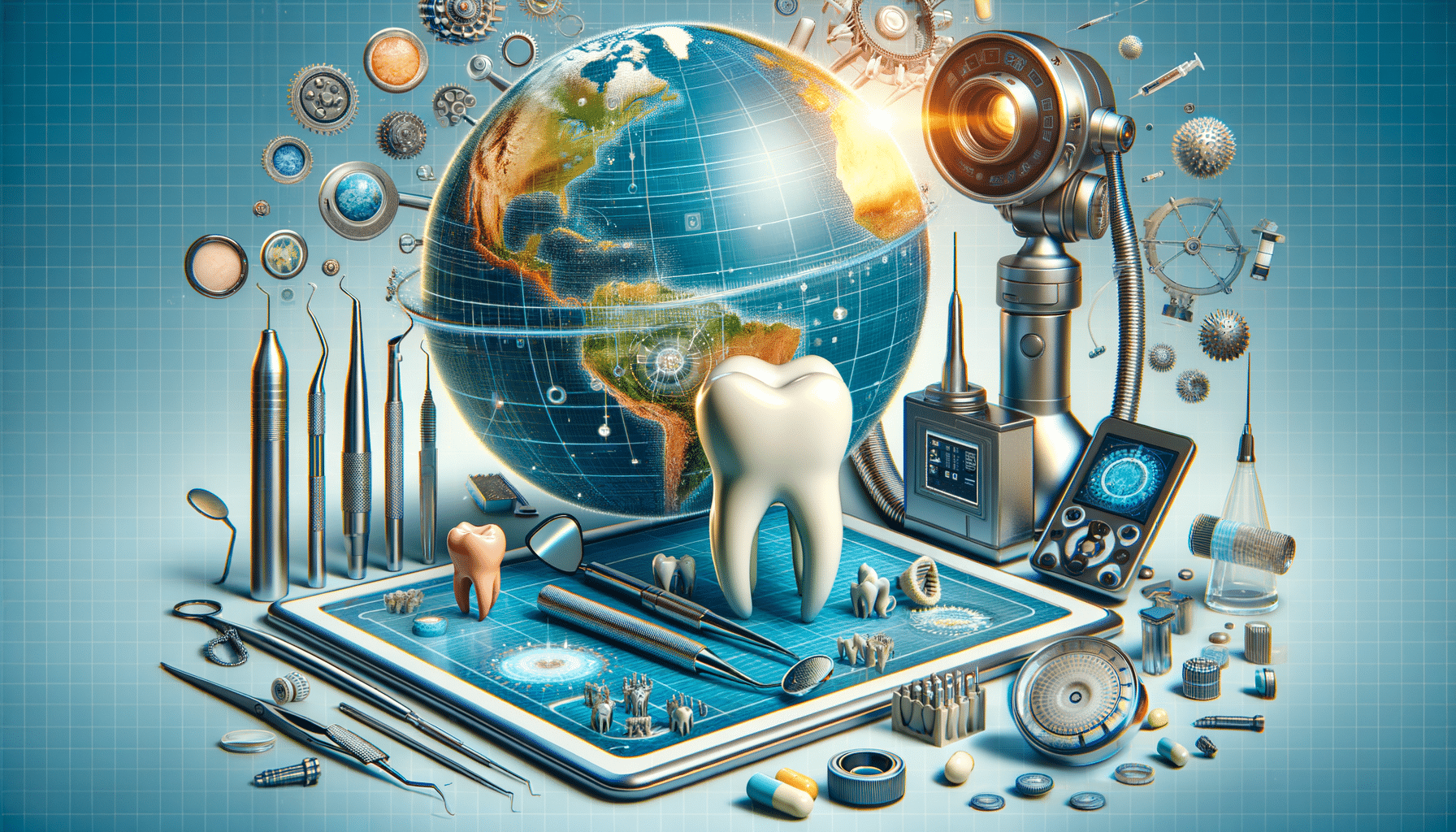
Exploring the World of Dental Care: Importance and Innovations
The Importance of Dental Health
Dental health is more than just having a bright smile; it is a crucial component of overall well-being. Maintaining good oral hygiene can prevent a myriad of health issues, including gum disease, cavities, and even heart disease. The mouth serves as a gateway to the body, and neglecting oral health can lead to systemic problems. Regular dental check-ups are essential, as they help in early detection of potential issues, allowing for timely intervention.
Moreover, dental health has a significant impact on one’s self-esteem and social interactions. A healthy smile can boost confidence and improve quality of life. Poor oral hygiene, on the other hand, can lead to bad breath and visible decay, which may affect personal and professional relationships. Thus, prioritizing dental care is vital for both physical health and social well-being.
To maintain optimal dental health, it is recommended to brush twice daily, floss regularly, and use mouthwash to kill bacteria. A balanced diet, rich in calcium and low in sugar, also supports strong teeth and gums. Additionally, avoiding tobacco and limiting alcohol consumption can prevent oral cancer and other dental issues.
Innovations in Dental Technology
The field of dentistry has seen remarkable advancements in technology, making procedures more efficient and less invasive. One significant innovation is the use of digital X-rays, which provide detailed images with lower radiation exposure compared to traditional methods. This technology allows dentists to diagnose issues with greater accuracy and plan treatments effectively.
Another groundbreaking development is the use of laser dentistry. Lasers are used for a variety of procedures, including cavity removal, teeth whitening, and gum reshaping. They offer precision, reduce pain, and promote faster healing, enhancing the patient experience. Additionally, CAD/CAM technology has revolutionized restorative dentistry by enabling the creation of dental crowns and veneers with impeccable fit and aesthetics.
Furthermore, teledentistry has emerged as a convenient way for patients to receive dental consultations remotely. This is particularly beneficial for those in rural areas or with mobility challenges. Through video calls and digital imaging, dentists can provide advice and preliminary diagnoses, making dental care more accessible.
Preventive Dental Care Practices
Preventive dental care is the cornerstone of maintaining oral health and avoiding complex treatments. It involves routine practices that help prevent the onset of dental issues. Regular dental check-ups are a key component, allowing for professional cleaning and early detection of problems like cavities and gum disease.
At home, individuals should adhere to a daily oral hygiene routine that includes brushing with fluoride toothpaste and flossing to remove plaque and food particles. Fluoride strengthens tooth enamel, making it more resistant to decay. Additionally, using an antibacterial mouthwash can further reduce the risk of gum disease.
Diet also plays a crucial role in preventive care. Limiting sugary snacks and beverages can prevent tooth decay, as sugar feeds the bacteria that produce harmful acids. Instead, consuming foods rich in vitamins and minerals, such as fruits, vegetables, and dairy products, can support oral health.
For children, preventive care is particularly important as it sets the foundation for lifelong dental health. Sealants and fluoride treatments are often recommended for young patients to protect their developing teeth.
Common Dental Procedures and Treatments
Understanding common dental procedures can alleviate anxiety and help patients make informed decisions about their oral health. One of the most routine procedures is the dental cleaning, which removes plaque and tartar buildup to prevent cavities and gum disease.
Fillings are another frequent treatment used to restore teeth damaged by decay. Materials such as composite resin or amalgam are used to fill cavities, restoring the tooth’s function and appearance. For more extensive decay, root canal therapy may be necessary to remove infected tissue and save the tooth.
Orthodontic treatments, such as braces or clear aligners, are employed to correct misaligned teeth and improve bite function. These treatments not only enhance aesthetics but also contribute to better oral hygiene by making teeth easier to clean.
For those missing teeth, dental implants offer a durable and natural-looking solution. Implants are surgically placed into the jawbone, providing a stable foundation for replacement teeth. This procedure requires multiple visits but offers a long-term solution that mimics the function of natural teeth.
The Future of Dental Care
The future of dental care is poised for exciting advancements, driven by ongoing research and technological innovation. One area of focus is the development of regenerative dentistry, which aims to repair damaged tissues and regrow teeth using stem cells. This could revolutionize the way dentists approach tooth loss and decay.
Artificial intelligence (AI) is also making its way into dentistry, with the potential to enhance diagnostic accuracy and treatment planning. AI algorithms can analyze dental images and patient data to identify patterns and predict outcomes, supporting dentists in making informed decisions.
Another promising development is the use of 3D printing in dentistry. This technology allows for the creation of precise dental models, crowns, and orthodontic devices, streamlining the production process and reducing costs. Patients can benefit from faster turnaround times and customized solutions.
Additionally, the integration of virtual reality (VR) in dental education and patient care is gaining traction. VR can simulate dental procedures for training purposes and provide patients with immersive experiences to reduce anxiety during treatments.
As these innovations continue to evolve, the future of dental care promises to be more efficient, personalized, and accessible, improving outcomes for patients worldwide.


